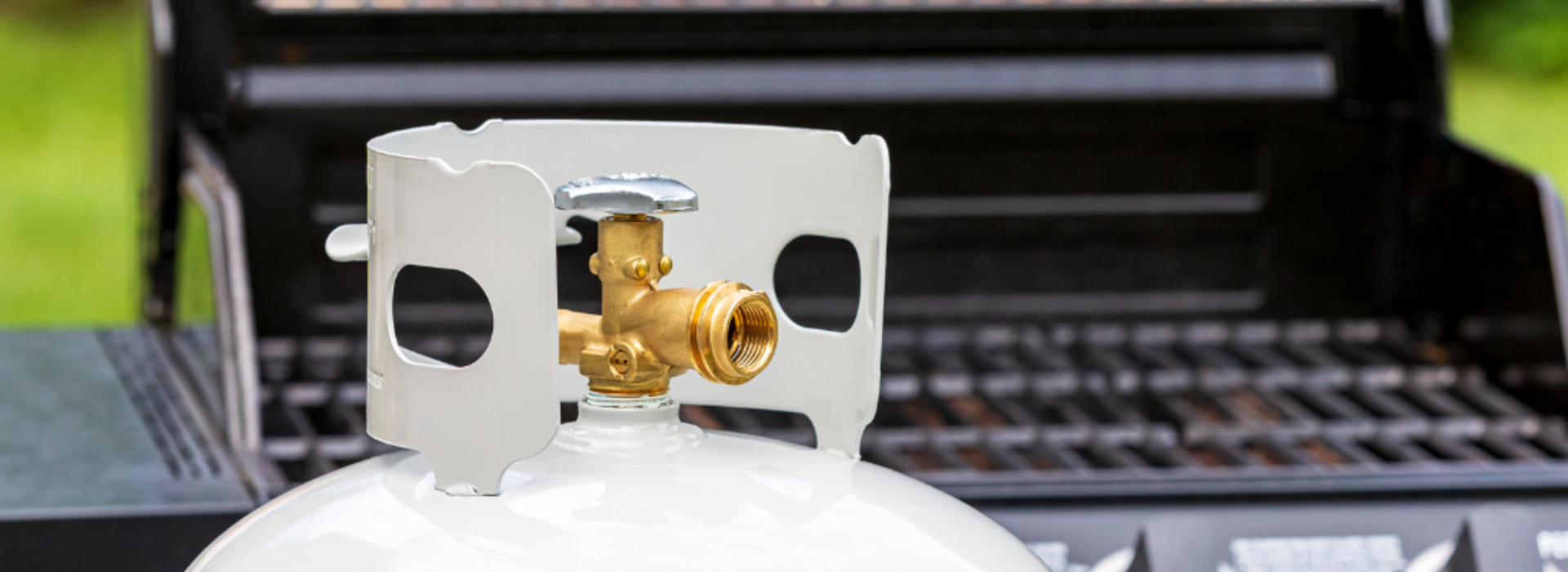
Talking burn safety with U of M
MINNEAPOLIS/ST. PAUL (07/01/2024) — Summer is officially here, and with it comes two popular activities that embody the joy and celebration of the season: grilling and fireworks. While these activities add excitement to outdoor gatherings and events, it is essential to keep burn safety in mind.
Andrew Zinkel, MD, MBA, with the University of Minnesota Medical School, discusses proper grilling techniques, fireworks safety guidelines, burn types and how to treat them.
Q: How can I avoid potential burn hazards this summer?
Dr. Zinkel: The most common safety risks with fireworks and grills are minor to severe burns, but there are ways to mitigate these risks. For both scenarios, always use them outdoors, away from homes, decks or hanging branches, and designate a safety perimeter for pets and kids. This should be at least three feet for grills and up to 35 feet for fireworks.
For fireworks:
- Have easy access to water in case of accidents.
- Supervise children with sparklers; these can ignite clothing and burn at 2,000 degrees Fahrenheit.
- Soak spent and unused fireworks in water before discarding them.
- Never hold a firework in your hand when lighting.
- Only light one firework at a time.
For grills:
- Never leave your grill unattended.
- For propane grills, the first time you use your grill for the season, use a mixture of soap and water to look for bubbles (a sign of a leak). The mixture should be applied to the entire hose connection between the propane source and the grill, and the line should be tested each season.
- If you use a starter fluid, use only charcoal starter fluid; never add charcoal fluid or any other flammable liquids to the fire.
Q: What are the differences between first-, second- and third-degree burns?
Dr. Zinkel: Burns are described in degrees that correlate with skin layer depths based on a clinical diagnosis. First-degree burns are red, painful and tender without blister formation. Second-degree burns are divided into superficial and deep partial-thickness burns. In superficial partial-thickness burns, there is blistering of the skin. The exposed dermis is red and moist at the blister’s base and is painful to the touch. In deep partial-thickness burns, the skin may be blistered, the exposed dermis is pale white to yellow and the burned area is absent of pain sensation. Third-degree burns are charred, pale, painless and leathery. Pain is absent and skin grafting is necessary for treatment, resulting in significant scarring.
Q: What should I do if I burn myself — what can I do to treat it on my own?
Dr. Zinkel: Many first- and second-degree partial-thickness burns can be treated at home. Partial thickness refers to a layer preceding a full-thickness burn, and it can be categorized into superficial and deep. The goal is first to control the pain. Cleanse the burn with mild soap and water or dilute with an antiseptic solution. Blisters may be left intact or drained, depending on size and location. Keep the wound covered with a clean, dry bandage and change it twice daily to prevent infection. Burns to your limbs — such as your hands or feet — should be elevated for 24-to-48 hours to prevent swelling.
Q: When do burns warrant a hospital visit?
Dr. Zinkel: Burns that warrant a hospital visit include those that are second-degree deep partial-thickness, third-degree full-thickness burns or pain that is not being controlled by over-the-counter medicines. Hospitalization is necessary for burns affecting the hands, face, feet, perineum and major joints, as well as circumferential wounds encompassing areas such as fingers, toes, hands, feet, arms, legs, neck, chest or abdomen. These wounds can result in scarring that can reduce blood flow to areas further away from the central body. Additionally, it can result in devastating consequences, including amputation and difficulty breathing, if not treated appropriately and followed closely in the clinical setting.
Q: How does your work at the University support growth in the field of emergency medicine?
Dr. Zinkel: My role as associate professor of emergency medicine allows me to help grow the field of emergency medicine by working closely with the clerkship director, co-directing our administration fellowship program and helping build programs on education in ultrasound, disaster medicine and emergency medicine services. I teach medical students, advanced practice providers, residents and fellows clinically at the bedside. Our highly rated medical student rotation inspires students to go into emergency medicine as their specialty of choice for their future vocation.
Dr. Zinkel is an associate professor of emergency medicine at the U of M Medical School and senior medical director of emergency medicine at the M Health Fairview University of Minnesota Medical Center. In his role at the Medical School, Dr. Zinkel works closely with the medical student clerkship director and is the co-creator and co-director of the University’s first fellowship in healthcare administration, leadership and management in conjunction with the Carlson School of Management. As the past president of the Minnesota Chapter of the American College of Emergency Physicians, he has been a fervent advocate on behalf of the specialty and community patient population.
-30-
About “Talking...with U of M”
“Talking...with U of M” is a resource whereby University of Minnesota faculty answer questions on current and other topics of general interest. Feel free to republish this content. If you would like to schedule an interview with the faculty member or have topics you’d like the University of Minnesota to explore for future “Talking...with U of M,” please contact University of Minnesota Public Relations at unews@umn.edu.
About the University of Minnesota Medical School
The University of Minnesota Medical School is at the forefront of learning and discovery, transforming medical care and educating the next generation of physicians. Our graduates and faculty produce high-impact biomedical research and advance the practice of medicine. Visit med.umn.edu to learn how the University of Minnesota is innovating all aspects of medicine.